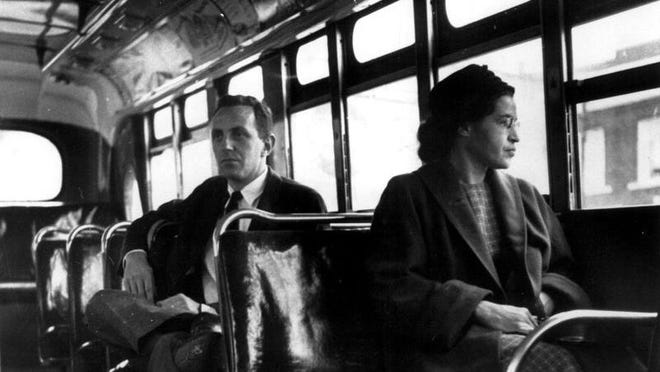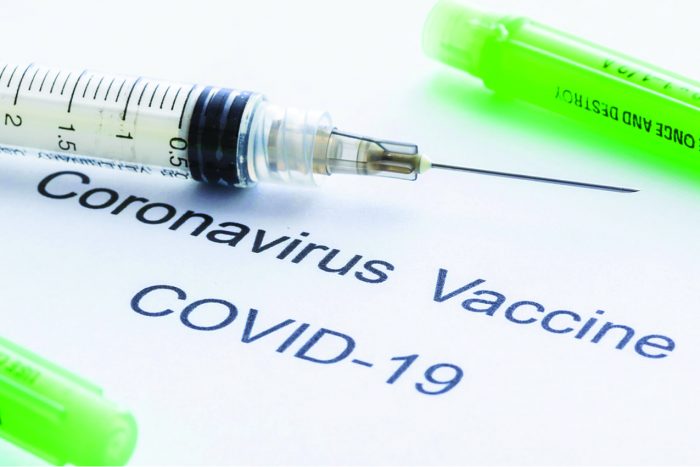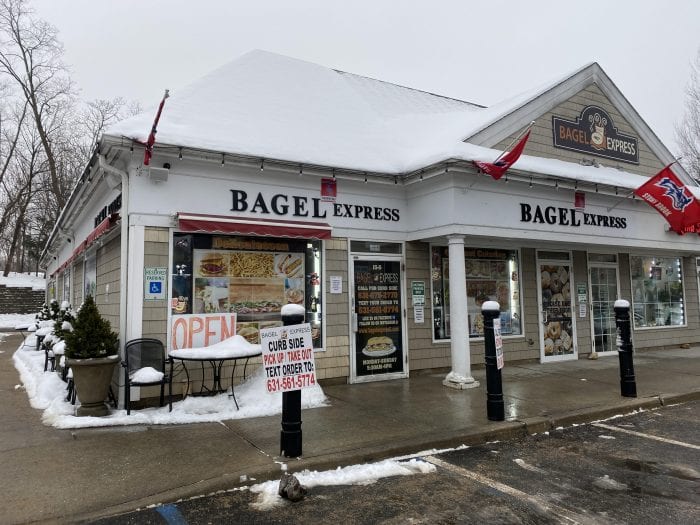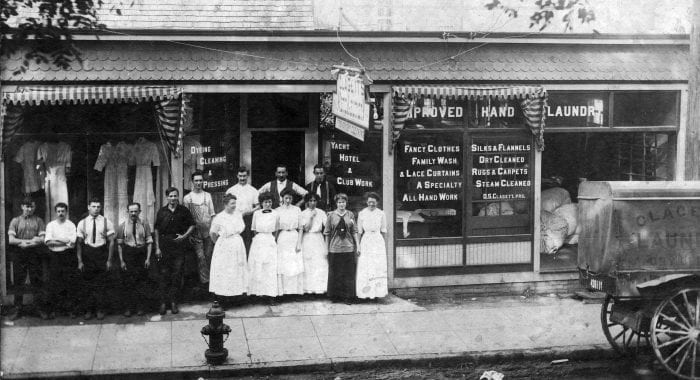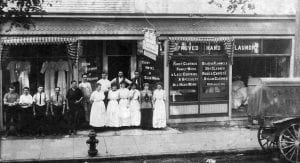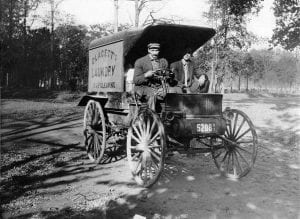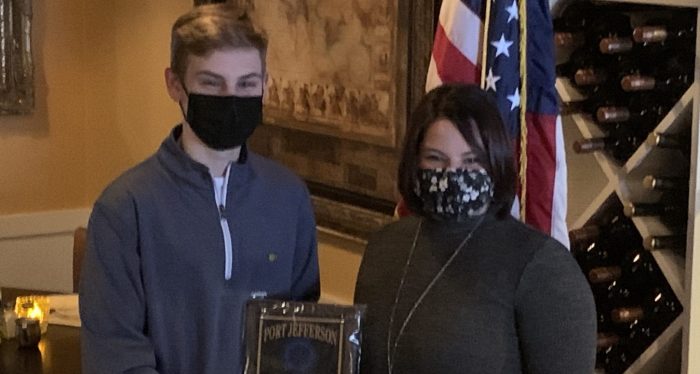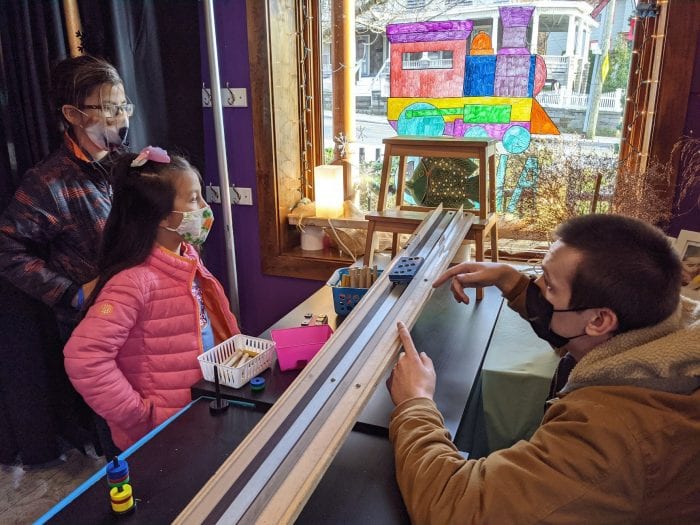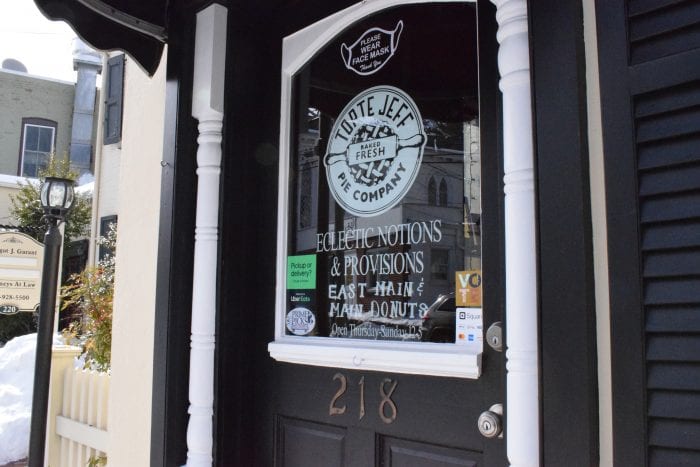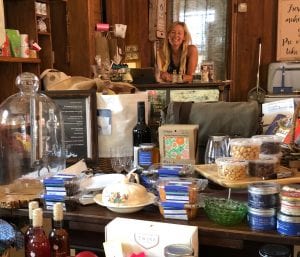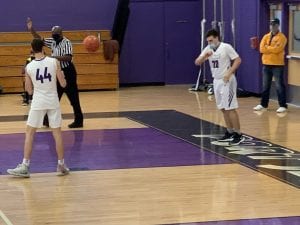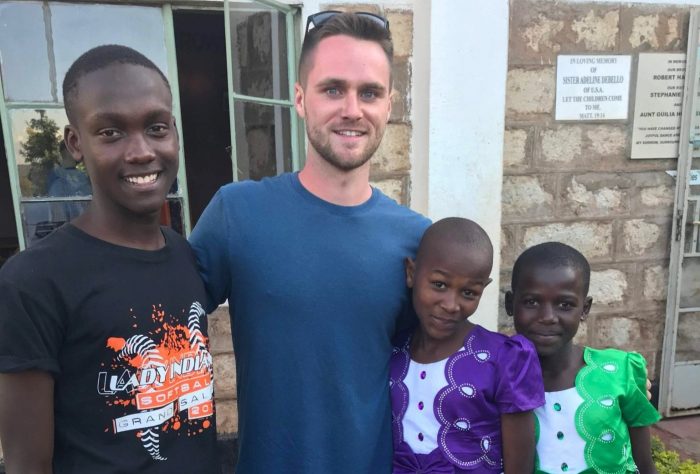COVID-19 needs no introduction. Scientists fighting it do.
John Hill leads the COVID-19 Science and Technology Working Group at the U.S. Department of Energy’s (DOE) Brookhaven National Laboratory. He also represents Brookhaven in a DOE consortium—the National Virtual Biotechnology Laboratory—which includes all 17 national laboratories working to address key challenges in responding to COVID-19.
The COVID-19 working group Hill leads at Brookhaven comprises experts in biology, nanoscience, computation, and other areas of science. They and their collaborators are leveraging world-class capabilities to study the structure of viral components, narrow the search for drugs, track research efforts, model the disease’s spread, and more.
Hill will give a virtual talk about the impacts of Brookhaven’s multifaceted COVID-19 research on Thursday, Feb. 25. The event, held from 6:30 to 7:30 p.m., will also include an interactive Q&A session, when audience members can submit questions for Hill and two of his colleagues:
- Kerstin Kleese van Dam, Director of the Lab’s Computational Science Initiative
- Sean McSweeney, Director of the Laboratory for BioMolecular Structure at Brookhaven
How to join the event—and ask a question
This event will stream live on Twitter, Facebook, and YouTube. During the Q&A session, audience members can ask questions, using those streaming platforms’ chat functions.
You don’t need an account with Twitter, Facebook, or Google to watch the talk. You do need an account to ask questions via chat. Or you can email questions to [email protected] before the talk.
About the speakers
John Hill is the Deputy Associate Laboratory Director for Energy and Photon Sciences, and Director of the National Synchrotron Light Source II (NSLS-II), a DOE Office of Science User Facility at Brookhaven Lab. He previously served as leader for the X-ray Scattering group in the Lab’s Condensed Matter Physics and Materials Science Department. He is recognized as a world leader in x-ray scattering techniques for studying condensed matter systems.
Hill joined Brookhaven Lab as a postdoc in 1992, after earning a Ph.D. in physics from the Massachusetts Institute of Technology. He earned a bachelor’s degree in physics from Imperial College in London in 1986.
Kerstin Kleese van Dam is Director of the Computational Science Initiative (CSI) at Brookhaven Lab. CSI leverages computational science expertise and investments across multiple programs to tackle big-data challenges at the frontiers of scientific discovery. Kleese van Dam and collaborators at Brookhaven and Stony Brook University have applied simulations, machine learning, and other artificial intelligence tools in the fight against COVID-19.
Sean McSweeney is the Director of the Laboratory for BioMolecular Structure (LBMS) at Brookhaven. LBMS is home to state-of-the-art cryo-electron microscopes and other equipment for researchers to study the building blocks of all living organisms. Most of the data McSweeney and his group collected for COVID-19 research was done at NSLS-II.
Brookhaven National Laboratory is supported by the U.S. Department of Energy’s Office of Science. The Office of Science is the single largest supporter of basic research in the physical sciences in the United States and is working to address some of the most pressing challenges of our time. For more information, visit https://energy.gov/science.


